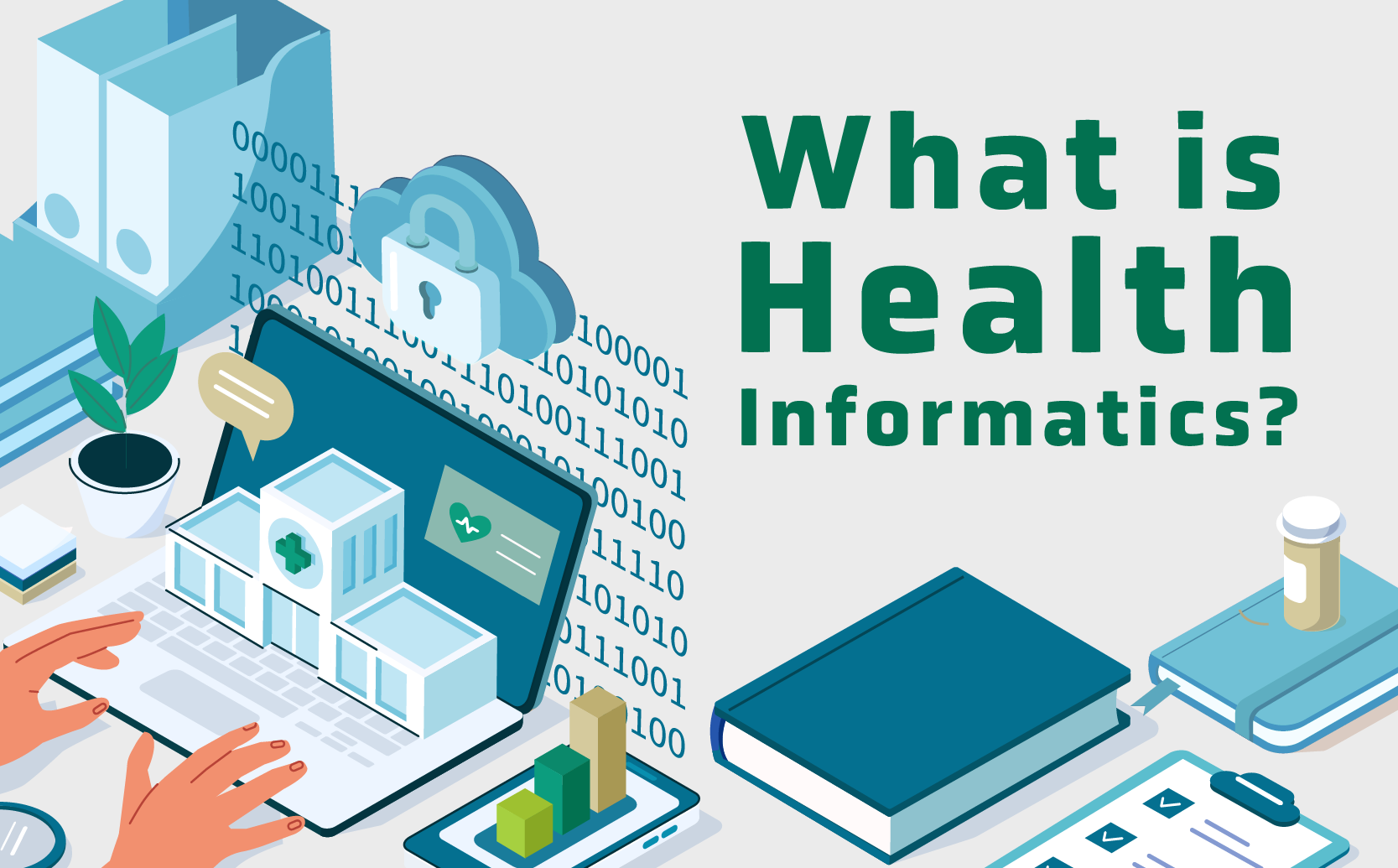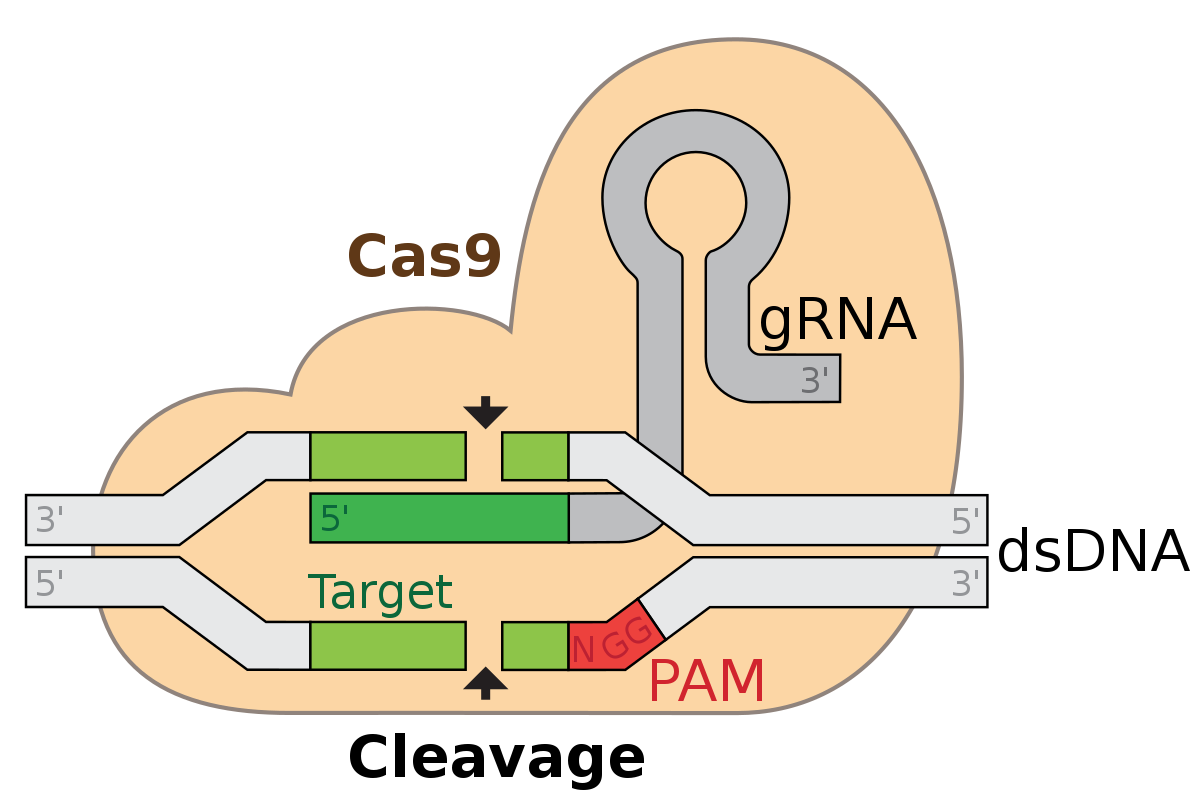Controlled Terminology and Standards
“What are the advantages of standardizing coding terminologies? And what is the best way to achieve consistency for information systems?

As Dr. John Glaser notes in the “What Is Health Informatics?” media presentation (assigned in Week 1), a group of physicians may use many different terms to describe one patient’s painful experience. This simple example can be extrapolated to guide your thinking about the obstacles that have arisen for information system development because of the varied and complex nature of health care.
In this week’s Discussion, you evaluate the interoperability and coding challenges encountered in today’s health care organizations.
To prepare: Think about how controlled terminology and standards facilitate information sharing, for example, sharing data between an emergency care clinic and a pharmacy or between a primary care physician’s office and a specialist’s office. Reflect on the national health IT agenda as presented in the Learning Resources. Consider challenges health care providers are facing in light of the national health IT agenda related to sharing data across information systems and/or controlled terminology standards. What strategies could a health care organization use to address interoperability challenges? Conduct additional research as necessary to determine possible solutions.
By tomorrow Wednesday 09/13/17, write a minimum of 550 words essay in APA format with a minimum of 3 references from the list below. Include the level one headings as numbered below: post a cohesive response that addresses the following:
- Evaluate the challenges that health care organizations may face when sharing data across systems.
- Using your professional experience and/or information gathered through research, provide at least two specific examples of interoperability challenges.
- Propose at least two strategies a health care organization might implement to address interoperability challenges.
Required Readings Course Text: Ball, M. J., Douglas, J. V., Hinton Walker, P., DuLong, D., Gugerty, B., Hannah, K. J., . . . Troseth, M. R. (Eds.) (2011). Nursing informatics: Where technology and caring meet (4th ed.). London, England: Springer-Verlag. Chapter 13, “Standards and Interoperability. This chapter introduces the definition, standards, and challenges of interoperability. The authors also detail the impact that interoperable systems will likely have on the future of electronic health records (EHRs) in response to the national health IT agenda.
Course Text: American Nurses Association. (2008). Nursing informatics: Scope and standards of practice. Silver Spring, MD: Author. Trends in Care Delivery Models and Innovation” (pp. 63-66). This excerpt gives examples of projects that are being used to accelerate informatics implementations in organizations.
Grain, H. (2010). Clinical terminology. Studies in Health Technology and Informatics, 151, 70-83. This article begins with a historical overview of computer use in the health care industry. Then it takes an in-depth look at the incentives being used to increase the percentage of practice settings that comply with the integration of electronic health records and interoperable technologies.
Hovenga, E. J. (2010). National standards in health informatics. Studies in Health Technology and Informatics, 151, 133-155. This article provides an in-depth review of the development of national standards. It includes a look at the components of standards and how they affect the interoperability of systems.
Kuperman, G. J., Blair, J. S., Franck, R. A., Devaraj, S., & Low, A. F. H. (2010). Developing data content specifications for the Nationwide Health Information Network Trial Implementations. Journal of the American Medical Informatics Association, 17(1), 6-12. The authors of this article use the experiences of the Nationwide Health Information Network’s Trial Implementations project to describe the process and challenges of developing content-specific standards.
Truran, D., Saad, P., Zhang, M., & Innes, K. (2010). SNOMED CT and its place in health information management practice. Health Information Management Journal 39(2), 37-39. Real-world examples are used in this article to predict how the management of health information will change as standardized terminologies are implemented within practice settings.
American Nurses Association (2006). ANA recognized terminologies and data element sets. Retrieved from http://www.nursingworld.org/npii/terminologies.htm. By navigating through this website, you can see the table that shows the data sets recognized by the American Nurses Association.
Centers for Disease Control and Prevention. (2009). Health data standards. Retrieved from http://www.cdc.gov/nchs/about/health_data_standards.htm. This website provides a link to two organizations that focus on health standards and statistics. The first organization that you may choose to view is the National Committee on Vital and Health Statistics, which was established by Congress and advises the Department of Health and Human Services. The second is called the Public Health Data and Standards consortium, a not-for-profit organization that works with a variety of agencies, associations, and organizations.
Logical Observation Identifiers Names and Codes (LOINC®). (2011). Retrieved from http://loinc.org. Access this website to gain information on LOINC’s universal coding system for laboratory and clinical observations.
Saba, V. (2011). Clinical Care Classification System. Retrieved from http://www.sabacare.com/. At this website, you can view the framework of the Clinical Care Classification (CCC) coding structure. Use the side tabs to view the features that make this coding terminology widely accepted as a means to document patient care in electronic health care records.
U.S. National Library of Medicine. (2011). Unified Medical Language System® (UMLS®). Retrieved from http://www.nlm.nih.gov/research/umls. The Unified Medical Language System uses its three tools, or Knowledge Sources, named Metathesaurus, Semantic Network, and SPECIALIST Lexicon and Lexical Tools to combine many popular standards and terminologies used in the health care industry. This integrated system facilitates interoperability between computer systems.
Required Media Laureate Education, Inc. (Executive Producer). (2011). Transforming nursing and healthcare through technology: The standardized representation of health information. Baltimore, MD: Author. Note: The approximate length of this media piece is 16 minutes. This week’s media presentation introduces the importance of standardized data in interoperable systems.
Optional Resources Konicek, D. (2010, March 1-4). Foundations of nursing informatics: SNOMED CT: Terminology implications for meaningful use. Session presented at the HIMSS 10 Annual Conference and Exhibition, Georgia World Conference Center, Atlanta, GA. Retrieved from http://www.himss.org/content/files/proceedings/2010/FNI4.pdf.
ABC Coding Solutions. Retrieved from http://www.alternativelink.com/ali/home/“
Do you need a similar assignment done for you from scratch? Order now!
Use Discount Code "Newclient" for a 15% Discount!












 The media plays a pivotal role in shaping culture and society by influencing public perception, norms, and values. From television shows to social media platforms, the portrayal of various issues affects how individuals and communities perceive reality. For example, representation in media can significantly impact societal views on race, gender, and sexuality. Diverse portrayals can promote understanding and acceptance, while lack of representation can perpetuate stereotypes and biases. Consequently, media acts as a mirror reflecting societal values, and simultaneously as a mold, shaping the cultural narrative.
The media plays a pivotal role in shaping culture and society by influencing public perception, norms, and values. From television shows to social media platforms, the portrayal of various issues affects how individuals and communities perceive reality. For example, representation in media can significantly impact societal views on race, gender, and sexuality. Diverse portrayals can promote understanding and acceptance, while lack of representation can perpetuate stereotypes and biases. Consequently, media acts as a mirror reflecting societal values, and simultaneously as a mold, shaping the cultural narrative.